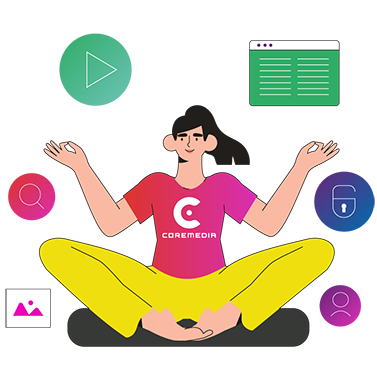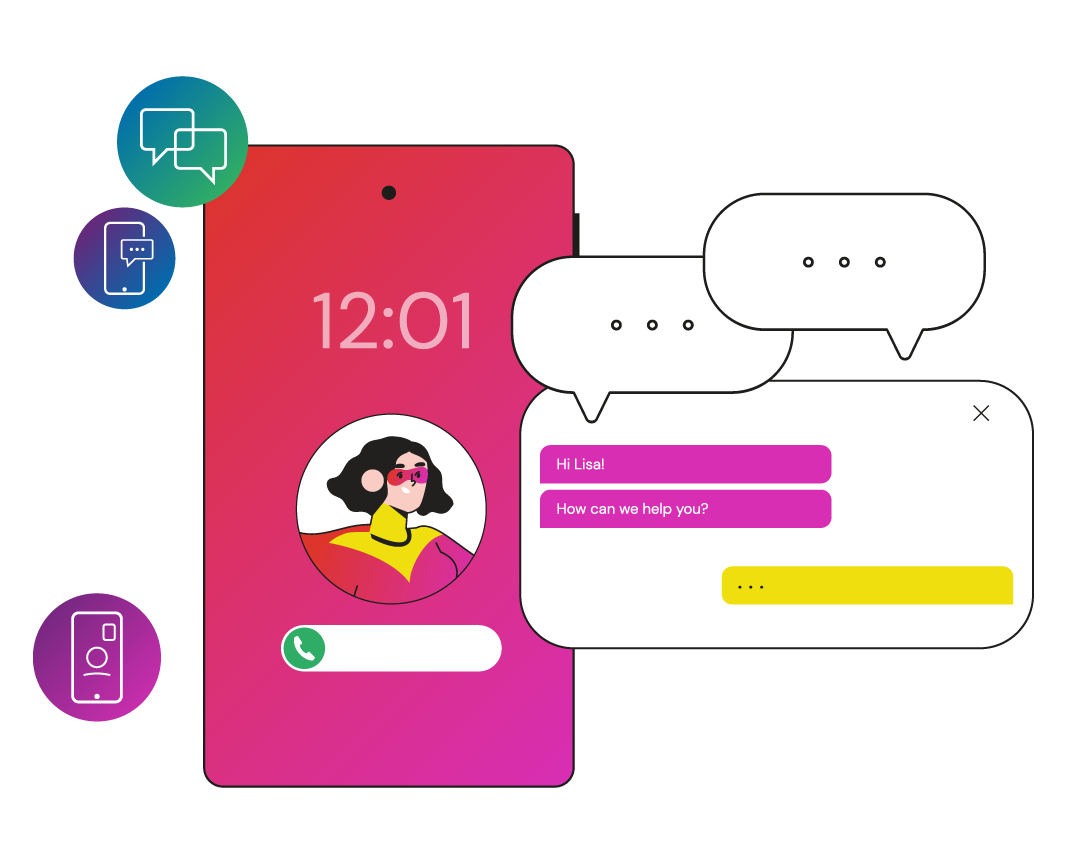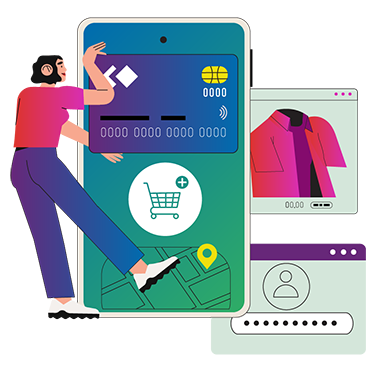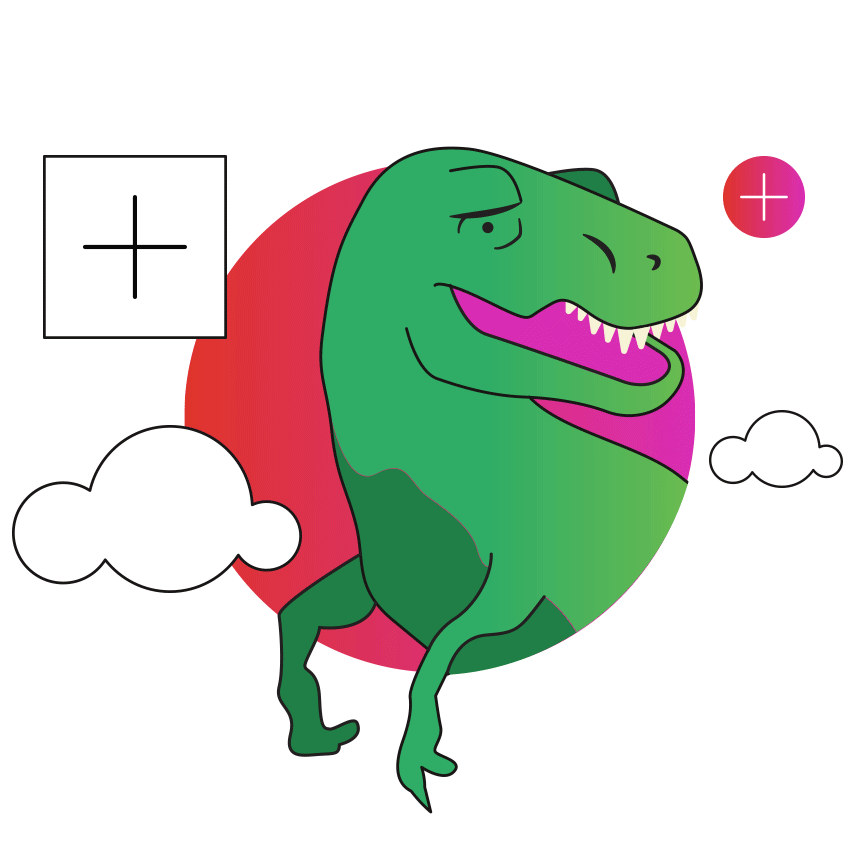Connie Moore
We’re almost at the mid-point of 2018. That may seem like an odd time to look at industry trends. Analyst firms typically do that at the end of a calendar year, making their predictions and prognostications for the next twelve months bounded by January and December. But we live in business times of rapid technology change and the constant ratcheting up of expectations on the part of customers, prospects, employees, and other stakeholders. Leaders and practitioners need pulse points on customer experience more than once a year to guide their assessments of work-in-progress and make course corrections if necessary.
What major trends in customer experience management are shaping current and future investments and initiatives for the rest of this year and into next?
- Customer experience remains a top initiative for digital transformation initiatives. Companies are tackling, yet continuing to struggle with, customer experience in 2018. Whether in the private or public sector; a large enterprise or a small business; headquartered in the U.S. and Germany, or targeting Brazil and China —customer experience matters and will continue to matter for many years. The scope of all customer experiences is exceedingly broad, creating a large swath of change across an organization, not just in marketing. Consumers and customers aren’t kind; they don’t care if your company is already battered by digital disruptors or experiencing difficulties throughout its global supply chain. They are so tired of disconnected experiences.
- Executives are focused on gaining insight from massive amounts of data. At the same time, they are coming to grips with the extent of their data management problems. Leaders must sometimes look across the enterprise and feel like the thirst-crazed ancient mariner in who looked at the sea and cried, “Water, water, every where, Nor any drop to drink.” Business people could easily exclaim, “Data, data everywhere, and no insight we glean.” The reality is that digitally transformed companies must use insight to serve customers and make decisions, and insight is derived from data. Increasingly, insight will come from artificial intelligence, personalization and predictive analytics, but without integrated data sets, new data sources (possibly externally sourced), and data scientists, those tools won’t work. The reliance on data and data experts will be a gating factor for delivering great customer experiences.
- Analytics are everywhere. Standalone predictive analytics products (e.g., Google Analytics, Adobe Analytics, Tableau, etc.) are getting snapped up by businesses, and analytics are now built into many other technologies, such as content management and commerce systems. The executive leader’s mantra has become: 1) use analytics to do more with less, 2) gain greater customer insight through analytics, and 3) drive great customer experiences using that insight. more than a third of CxOs see cognitive as key to creating a panoramic view of the business. However, in most companies, marketers use analytics tools; stand-alone analytics tools are not often widely available to everyone. And within marketing departments, business intelligence teams and/or designated individuals have access to analytics, making it organizationally difficult for others to steer corporate decisions.
- Commerce continues to impact traditional channels as Asia-Pacific drives growth, m-commerce takes hold, firms embrace B2B, and direct to consumer (D2C) makes a big splash. eCommerce has been such an evergreen trend for so many years that it’s hard to justify putting it on the top five trends list for 2018. But here it is, yet again. eCommerce continues to fuel the global economy, particularly in Asia. According to eCommerce will account for 17.0% of retail sales by 2022. One important driver—direct-to-consumer—reflects changing business models in several industries, such as consumer packaged goods, pharmaceuticals, and manufacturing. For example, a well-established B2B supplier to the building industry recently bought a firm that sells complementary products directly to consumers. The manufacturer now hopes that D2C will pull sales for its other B2B products that have historically sold only to the building trade.
- Artificial intelligence and machine learning hype is flourishing while companies make real progress in customer service. Just about every vendor has its flagship AI product, whether it’s Amazon’s Alexa, IBM’s Watson, or Salesforce’s Einstein. Over the next five years there will be a major arms race to dominate various business segments of the AI/machine learning market. But in the meantime, businesses are chipping away at different parts of the organization to apply AI/machine learning to real business problems. One example is the used to drive eCommerce and marketing on websites. Business and technology leaders must follow the evolution of AI and machine learning but focus more specifically on practical implementations that can deliver business results now. In most cases, this means having the company’s data house in order (see above).
These five trends are underpinned by forces that aren’t likely to change over the next 12 months, including new business models emerging from ongoing digital disruption, the recasting of business operations around the customer, and the shift to online commerce. We have another six months to look at how they’ll shape customer experience trends in 2019.
A version of this post was originally published on the Digital Clarity Group website.















